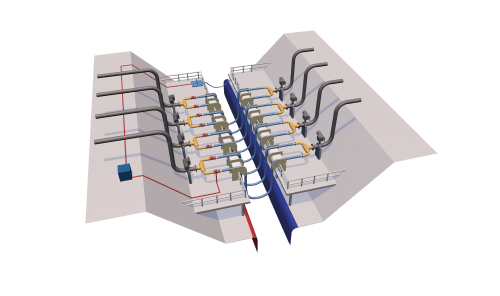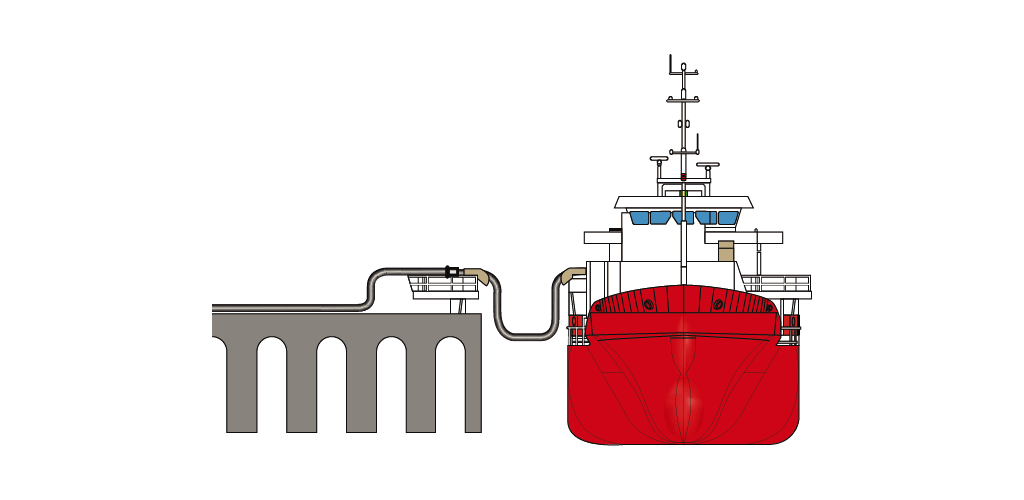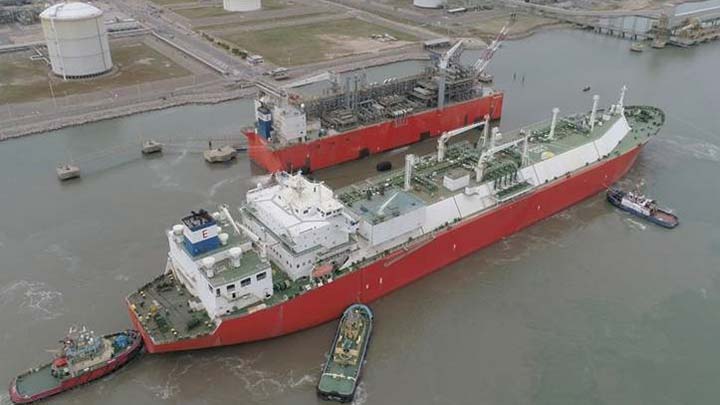- KLAW LNG was the first in the world to design, manufacture and operate a bulk LNG transfer.
- The KLAW LNG range of bulk operating specifications is the widest and most varied in the market.
- The KLAW LNG range has the largest client portfolio in the world.
- 60 x KLAW LNG systems in operation worldwide.
- 45 x Bulk and 8 x break bulk systems in operation.
- First FSRU hose transfer system.
- First SIL2 hose transfer system.


The purpose of KLAW LNG Emergency Release Systems
KLAW LNG Control system


A crucial part of any LNG Transfer system is the Emergency Release System (ERS). This reacts to events and manages the system to minimize spill and close the transfer system.
The KLAW LNG Emergency Release System consists of numerous components including the Emergency Release Coupling (ERC).
There are usually more than one transfer line and ERC within the Emergency Release System. The ERS enables the Emergency Release Coupling to activate when required.
The only proven Emergency Release System for LNG hose transfer systems
The KLAW LNG Emergency Release System design has been in service since 2006 and is the only proven Emergency Release System for LNG hose transfer systems.

LNG ship-to-ship transfer systems
LNG Ship-to-Ship for offshore transfer systems is also referred to as LNG STS and is the transfer of LNG from or to a feeder LNG vessel via an LNG Tanker.
STS could also occur between LNG carriers (LNGC) and LNGRV (LNG Regasification Vessels) or Floating Storage and Regasification Unit (FSRU).

LNG ship to shore transfer
LNG Ship-to-Shore transfer can be defined as a vessel offloading LNG to shore. The gas remains in its liquefied cryogenic state and is stored and made ready for regasification.
An LNG hose transfer system is the more cost effective, more flexible and portable alternative to conventional loading arm systems.
Contact Us
How can we help?




